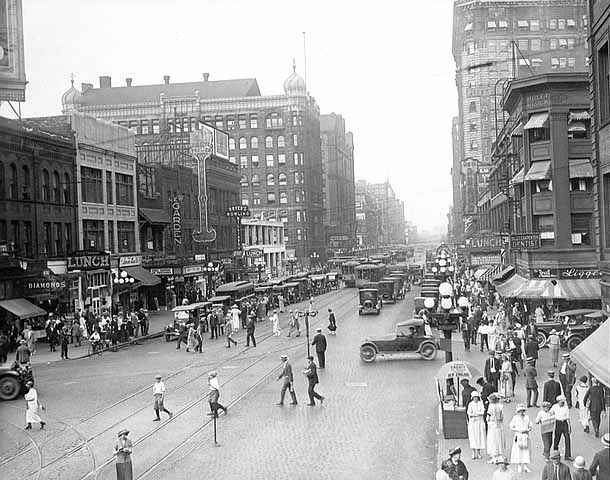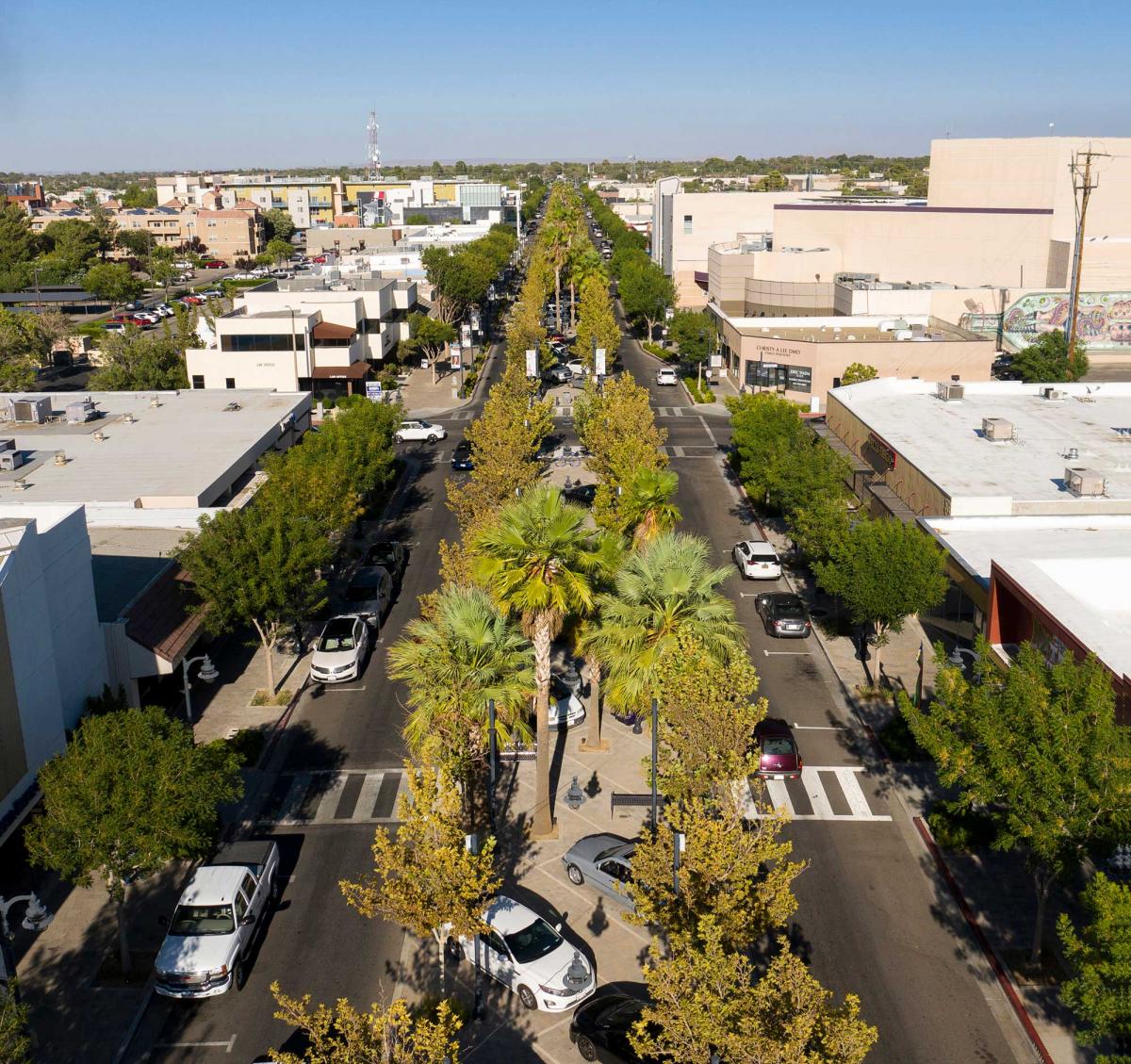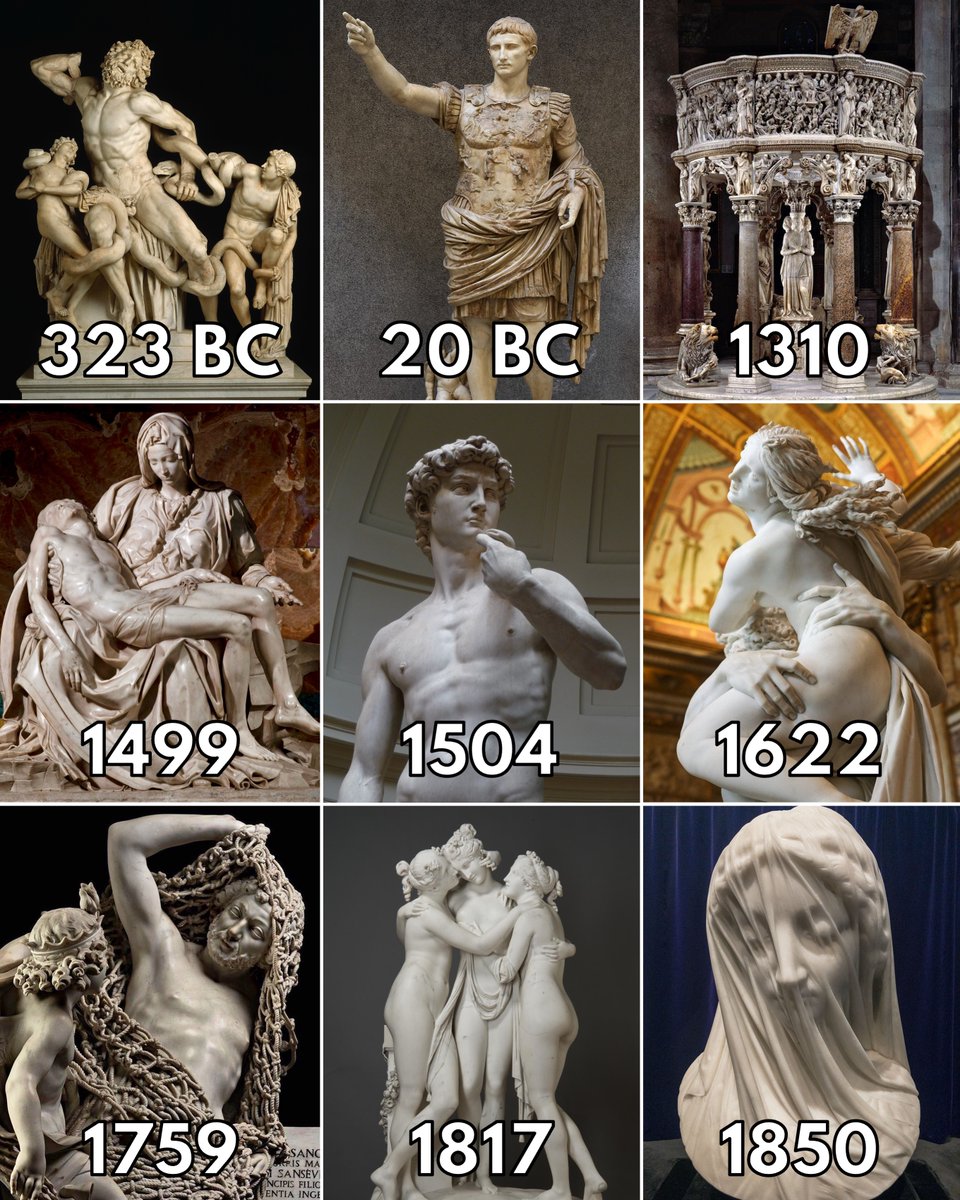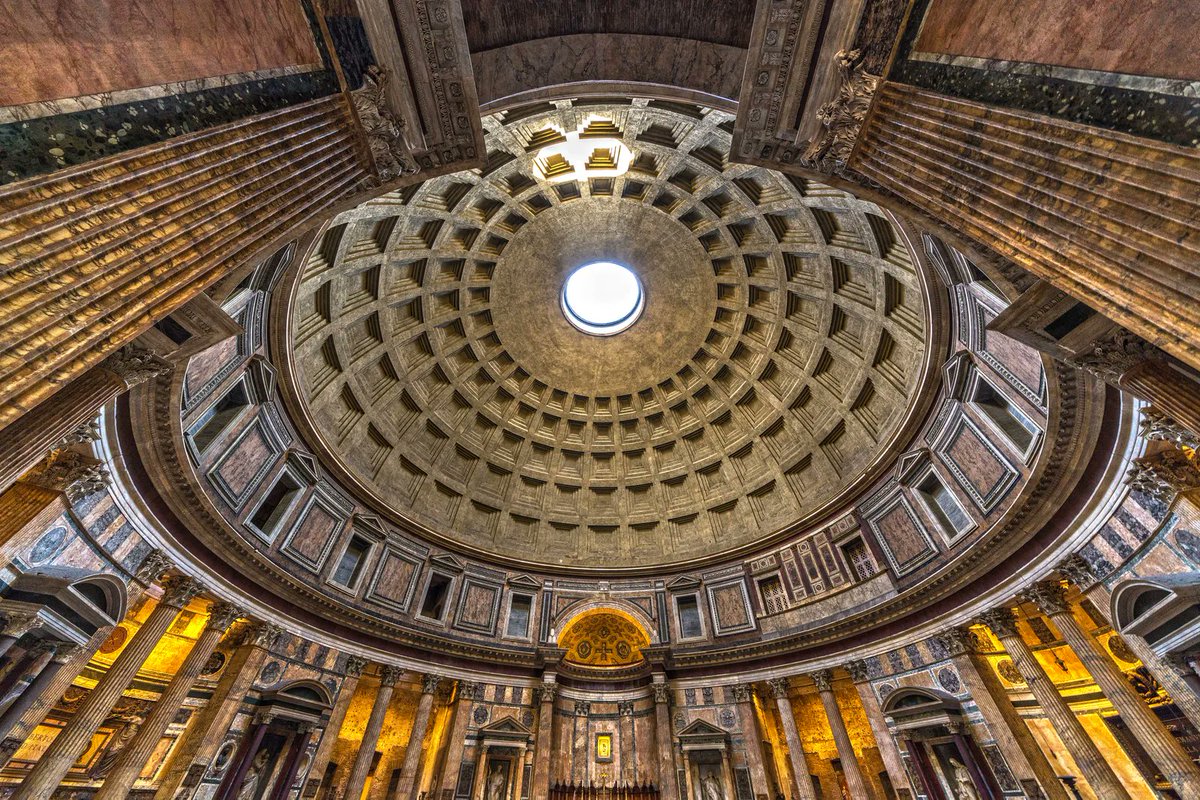When you think of American cities you think of places built for maximum efficiency and commerce - not necessarily for beauty and harmony. This photo often does the rounds... 

But in the early days, Americans prioritized great architecture for the very purpose of inspiring citizens.
As Sir Christopher Wren once said, great public buildings are "the ornament of a country" - a way to establish a nation.
As Sir Christopher Wren once said, great public buildings are "the ornament of a country" - a way to establish a nation.

It wasn't only public buildings. Take the Erie County Savings Bank in Buffalo (since demolished in an attempt at "urban renewal"): 

But then, something happened. The postwar years saw a brutalist style emerge - architectural elitists scoffed at traditional designs and replaced them with the avant-garde. 

The public pushed back. The “Design Excellence Program” was established in 1994 to ensure higher quality public buildings. But the results weren't great:
San Francisco's Federal Building is so bizarre that it almost defies analysis...
San Francisco's Federal Building is so bizarre that it almost defies analysis...

As modernism became postmodernism, buildings became the manifestations of selfish artistic vision - monuments to individual egos instead of monuments to America. 

But something eroded American beauty more than this misguided artistry: efficiency.
The US once had dense, more European-style cities, and workers commuted via public streetcars. These were soon to be sacrificed for the great highways...
The US once had dense, more European-style cities, and workers commuted via public streetcars. These were soon to be sacrificed for the great highways...

This was how the 1939 New York World's Fair envisioned cities of the near future, in an exhibit sponsored by the General Motors Corporation... 

Amidst a frenzy of industrialization in the 1940s, the US launched a decades-long project of freeway construction. Huge swathes of existing cities were demolished in the process, like in Kansas City: 

Entire communities were displaced and once-thriving districts wiped out: so much so that this became known as the "Kansas City blitz." 

Ironically, this breakneck pursuit of efficiency sacrificed what would today be some of the city's most profitable real estate. Those downtown buildings would be worth around $655 million today. 

This happened all across America. This is Cincinnati, where 25,000 people were displaced to build an interstate and surrounding parking lots. 

And this was the site of the new I-35W which gutted Minneapolis.
It was decided in the 1950s that new highways must "go right through cities and not around them."
It was decided in the 1950s that new highways must "go right through cities and not around them."

521,000 people lived in Minneapolis in 1950. The interstate hastened a major shift out to the suburbs, cratering the population - and it never caught back up again (425,000 today). 

The dream of European-style cities in America was all but eradicated. Suburban sprawl meant cities lost significant chunks of their tax bases, and inner cities fell into spirals of decline.
One more: Hastings Street in Detroit, before and after:
One more: Hastings Street in Detroit, before and after:

There are some modern-day efforts to reprioritize how inner cities are built in America. Boston pushed its highway underground in 2003, albeit at very significant cost. 

But some places are retaliating in cheaper ways: Lancaster, CA transformed its main street into a tree-lined boulevard.
It took 8 months and cost $11.5m - generating around $273m in economic output since 2010.


It took 8 months and cost $11.5m - generating around $273m in economic output since 2010.


Perhaps that old vision of the American city is still possible.
If we design streets around people, and demand more beauty of the public realm, we might be surprised at the result - economic and otherwise...
If we design streets around people, and demand more beauty of the public realm, we might be surprised at the result - economic and otherwise...

My free newsletter covers topics like this every week - art, culture and history (25,000+ readers)
Do NOT miss the next email 👇
culturecritic.beehiiv.com/subscribe
Do NOT miss the next email 👇
culturecritic.beehiiv.com/subscribe
• • •
Missing some Tweet in this thread? You can try to
force a refresh




















